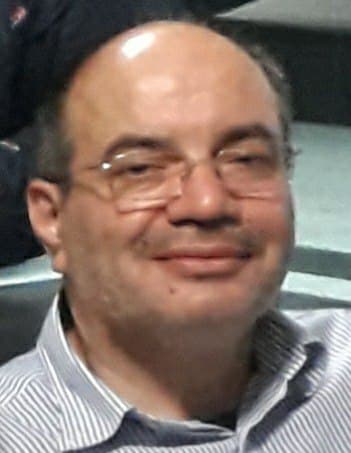Effect of the synthesis route on the structural properties and shape of the indium oxide(In2O3) nano-particles
Abstract
Nano-crystalline indium oxide (In2O3) particles have been synthesized by sol–gel and hydro-thermal techniques. A simple hydro-alcoholic solution consisting indium nitrate hydrate and citric acid (in sol–gel method) and 1, 4-butandiol (in hydro-thermal method) have been utilized. The structural properties of indium oxide nano-powders annealed at 450 °C (for both methods) have been characterized by the X-ray diffraction (XRD), transmission electron microscopy (TEM), scanning electron microscopy (SEM), and specific surface area (SSA) analysis. Structural analysis of the samples shows cubic phase in sol–gel and cubic-hexagonal phase mixture in hydro-thermally prepared particles. The nano-particles prepared by sol–gel method have nearly spherical shape, whereas hydro-thermally-made ones display wire- and needle-like shape in addition to the spherical shape. The obtained In2O3 nano-particles surface areas were 23.2 and 55.3 in sol–gel and hydro-thermal methods, respectively. The optical direct band gap of In2O3 nano-particles were determined to be ∼4.32 and ∼4.24 eV for sol–gel and hydro-thermal methods, respectively. These values exhibit ∼0.5 eV blue shift from that the bulk In2O3 (3.75 eV), which is related to the particle size reduction and approaching the quantum confinement limit of nano-particles.
